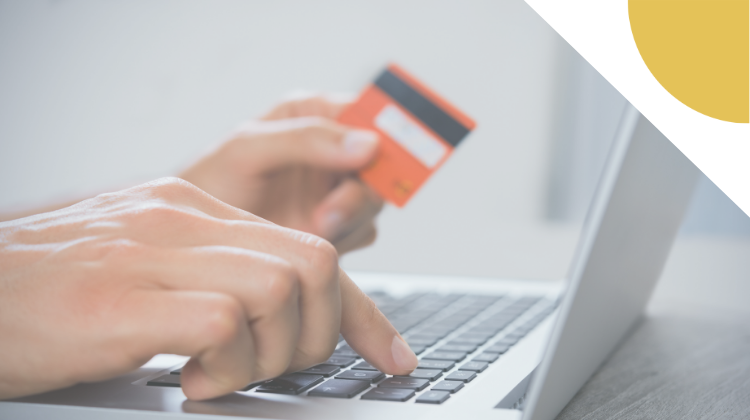BNPL
BNPL’s appeal isn’t just limited to financially vulnerable consumers
- Although BNPL usage tends to be higher among the financially fragile or those who are credit-invisible, that isn’t always the case.
- It is equally appealing to financially sound consumers because of their liking/preference for the repayment terms. Nearly one-fourth of financially comfortable consumers already use BNPL.








